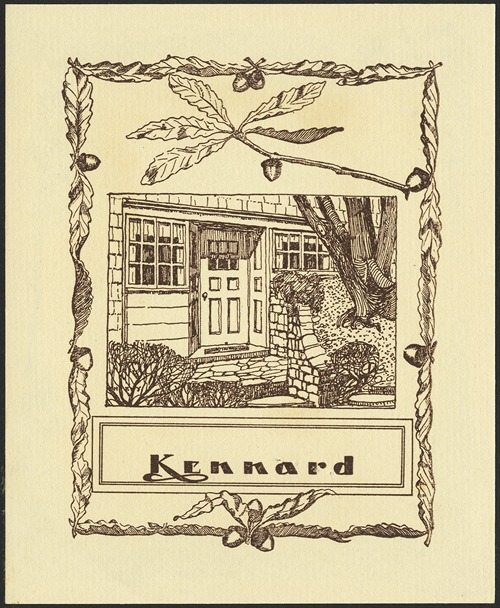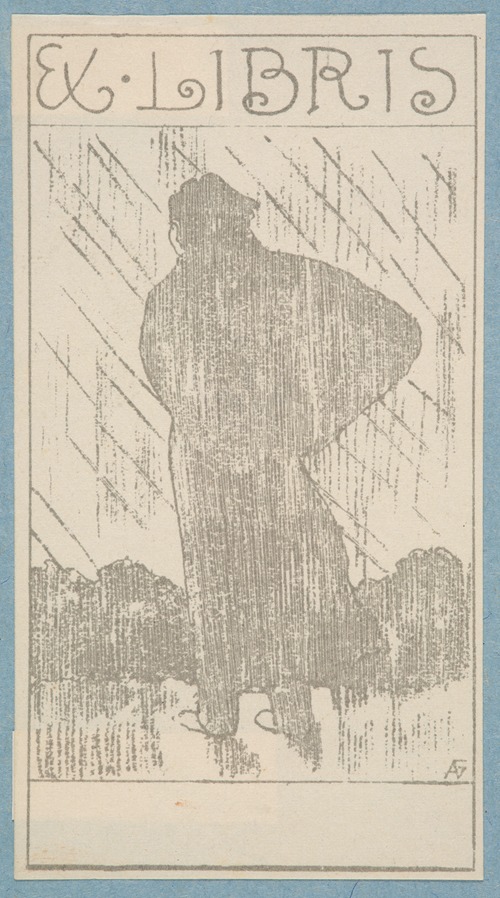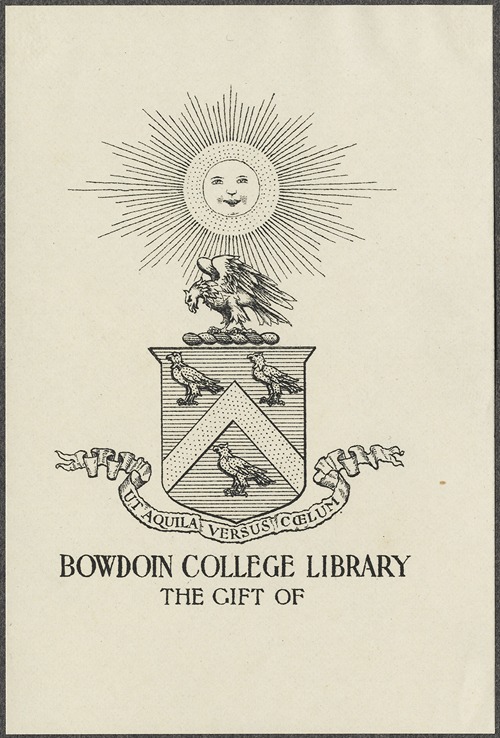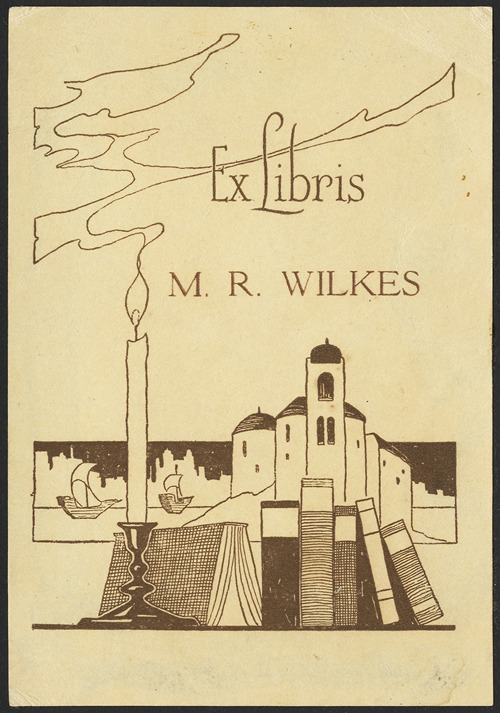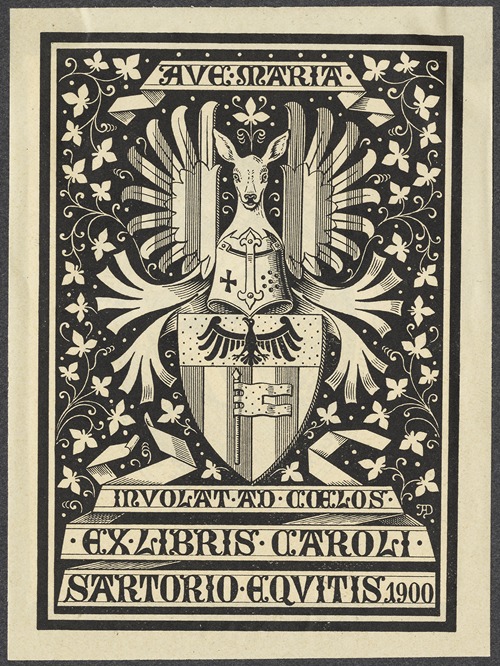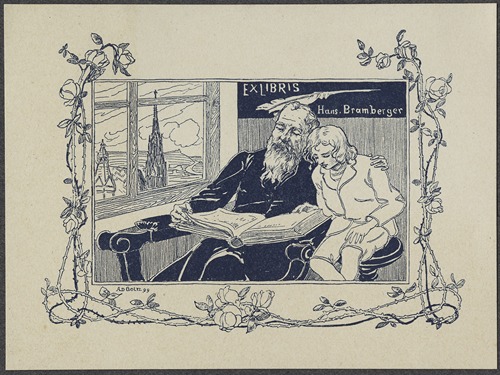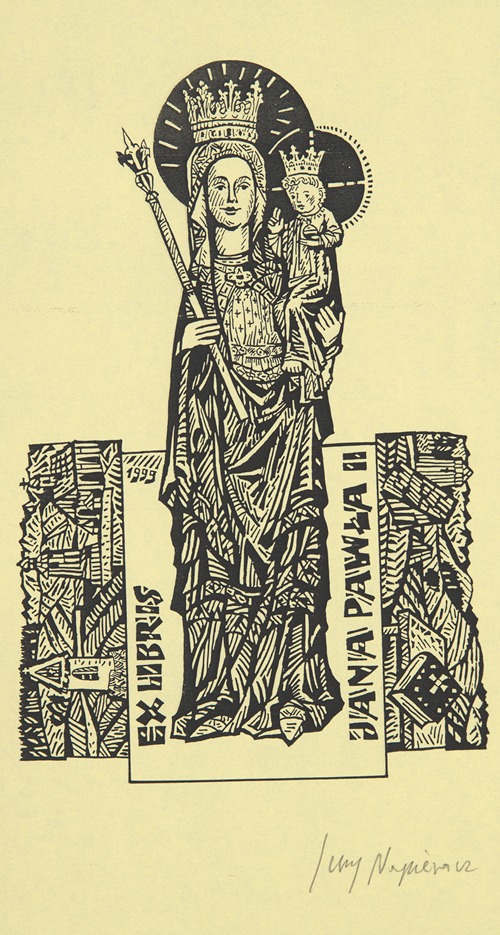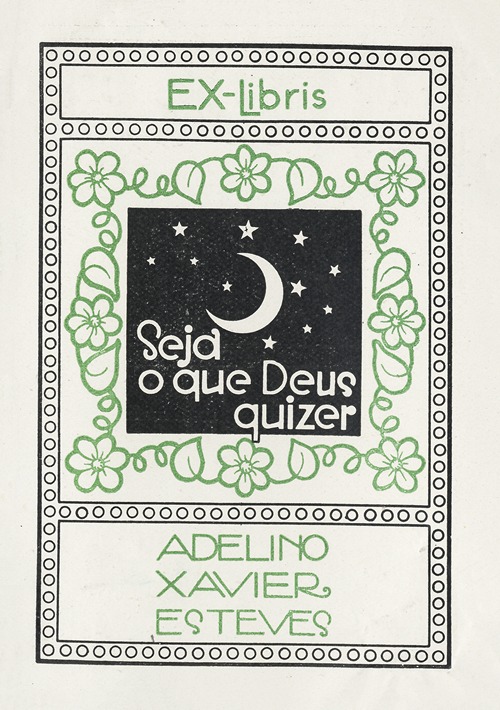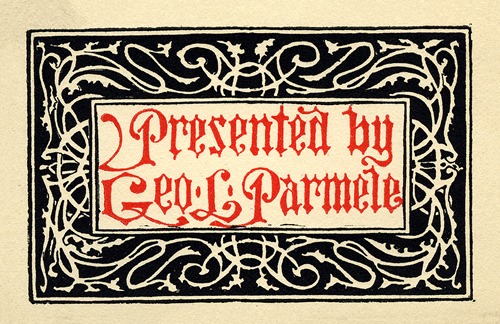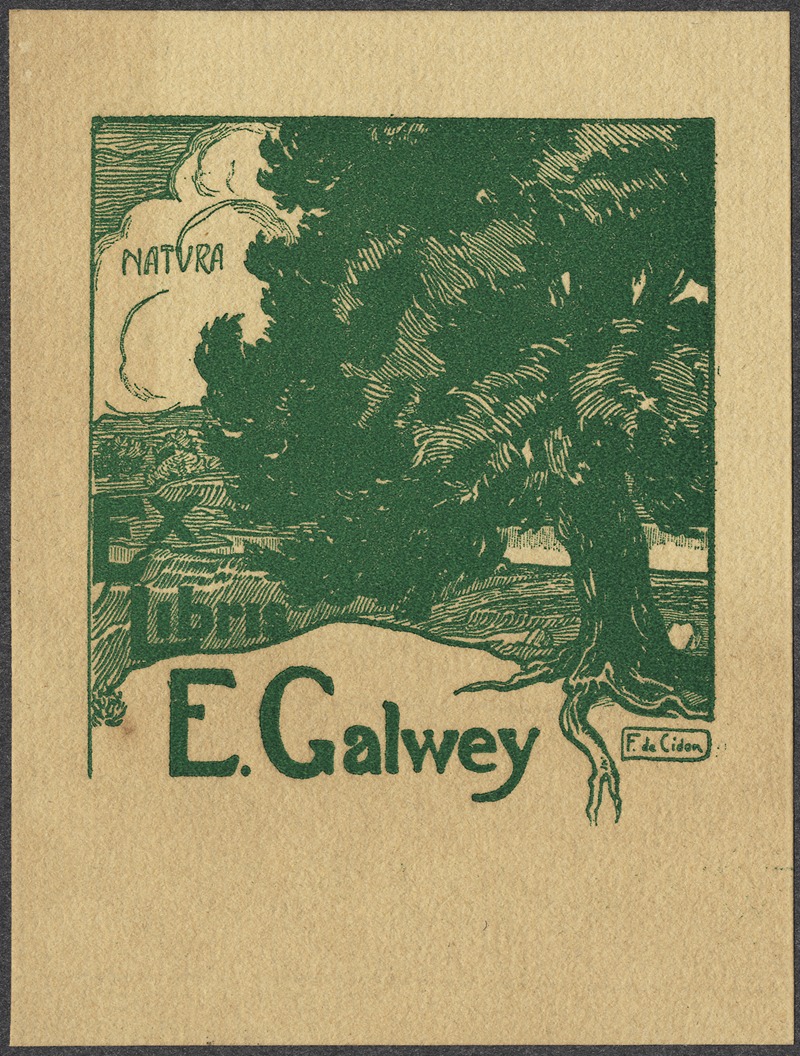
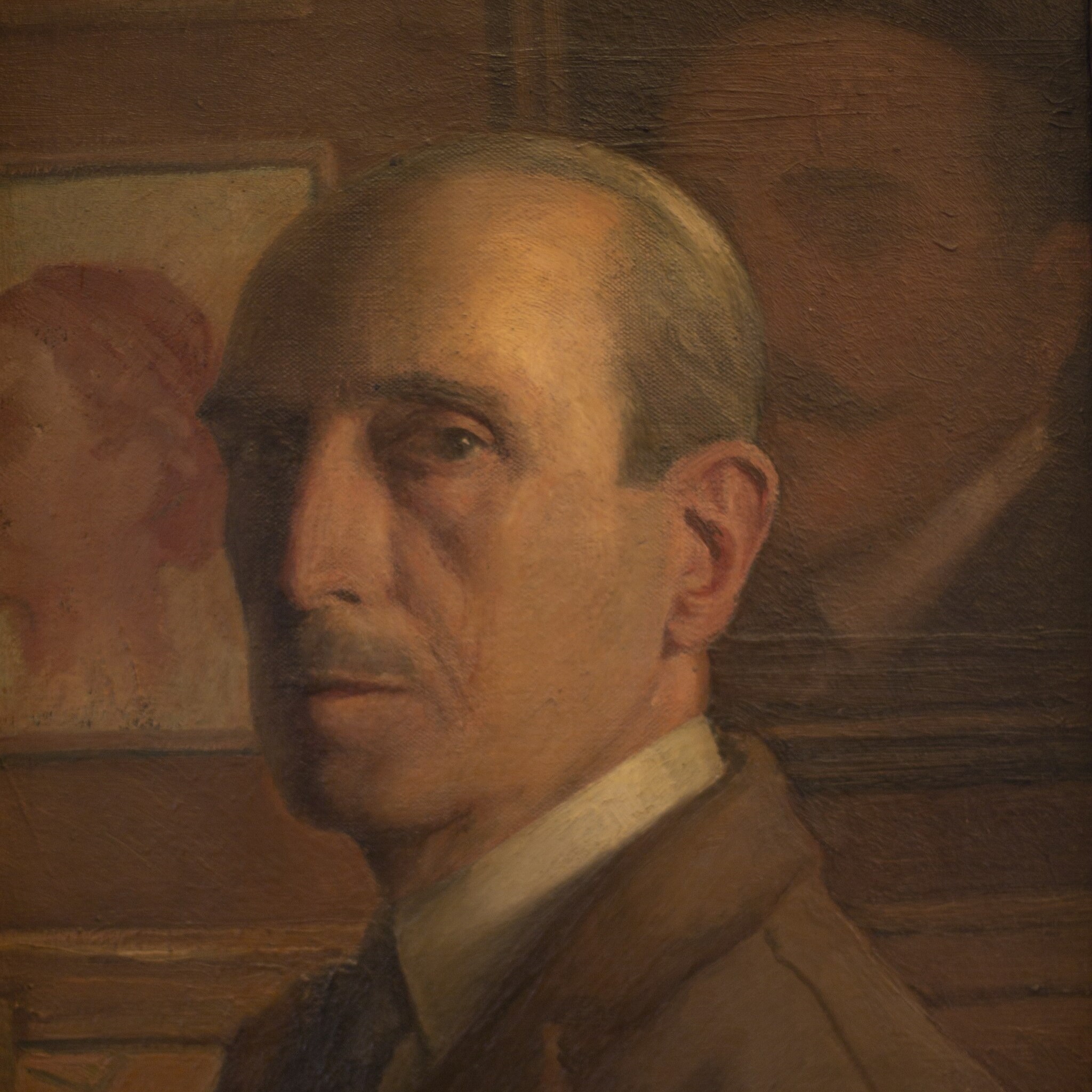
Francisco de Cidón Navarro was a Spanish painter who combined painting with advertising poster design throughout his professional career in the early 20th century. Born in Valencia, he continued his training in Barcelona and Madrid, eventually settling in Zaragoza.
Born on December 10, 1871, in Valencia, he received his early training at the Academy of San Carlos. He later went to the School of Fine Arts in Barcelona, where he became acquainted with the aesthetics of Modernism. Francisco de Cidón enthusiastically embraced the culture of graphic poster art. In 1898, the Catalan cava brand Codorníu organized a competition for its commercial image, and Francisco de Cidón won third prize. He also won prizes and medals at various national and regional exhibitions.
Under the pseudonym Zeuxis (in honor of the Greek painter Zeuxis), he wrote in various media as a writer, art critic, and defender of archaeological heritage.
In 1903, he moved to Madrid, where he trained with Joaquín Sorolla. In 1906, he traveled to Paris and Biarritz, where some interesting sketchbooks have been preserved that show the style of women's clothing of the time, which was moving from modernism to art deco. After a stay in Mahón, where he held the chair of drawing at the city's institute, he took up residence in Tarragona between 1907 and 1924. In 1924, he moved to Zaragoza, where he taught drawing at the Goya Institute and lived until the end of his life. In this city, he played a notable role in the Sindicato de Iniciativas y Propaganda de Aragón (SIPA), dedicated to promoting the riches of the land and culture of Aragon, writing opinions on art in the magazine Aragón.
In 1940, he was appointed member of the Royal Academy of Fine Arts of San Luis.
Cidón won the poster competition for the Pilar festivities in 1926 and 1927, being the first to incorporate the Aragonese regional costume. During 1919, 1921, 1922, and 1923, he produced illustrations for the cover of the magazine Blanco y Negro. He won second prize in the competition held in 1919, which attracted more than seven hundred artists.
He designed covers for the magazine Aragón, as well as a series of posters for the Almacenes el Águila department store. His posters are internationally renowned and his name is linked to the origins of advertising in Spain. His compositions were characterized by their synthetic and essential nature and the two-dimensionality of his designs.
This work was combined with landscape and portrait painting. Influenced by Sorolla, he made drawings and paintings of Ansó and its inhabitants in traditional dress.
After the outbreak of the Spanish Civil War, Francisco de Cidón traveled through the devastated landscape, producing a collection of drawings of the towns and cities of Aragon that had been destroyed. The exhibition at the Casino Mercantil in Zaragoza in 1942 included some of these drawings, among other works.
Francisco de Cidón died in Zaragoza on May 29, 1943. The San Telmo Museum in San Sebastián held a posthumous exhibition in October 1944.
